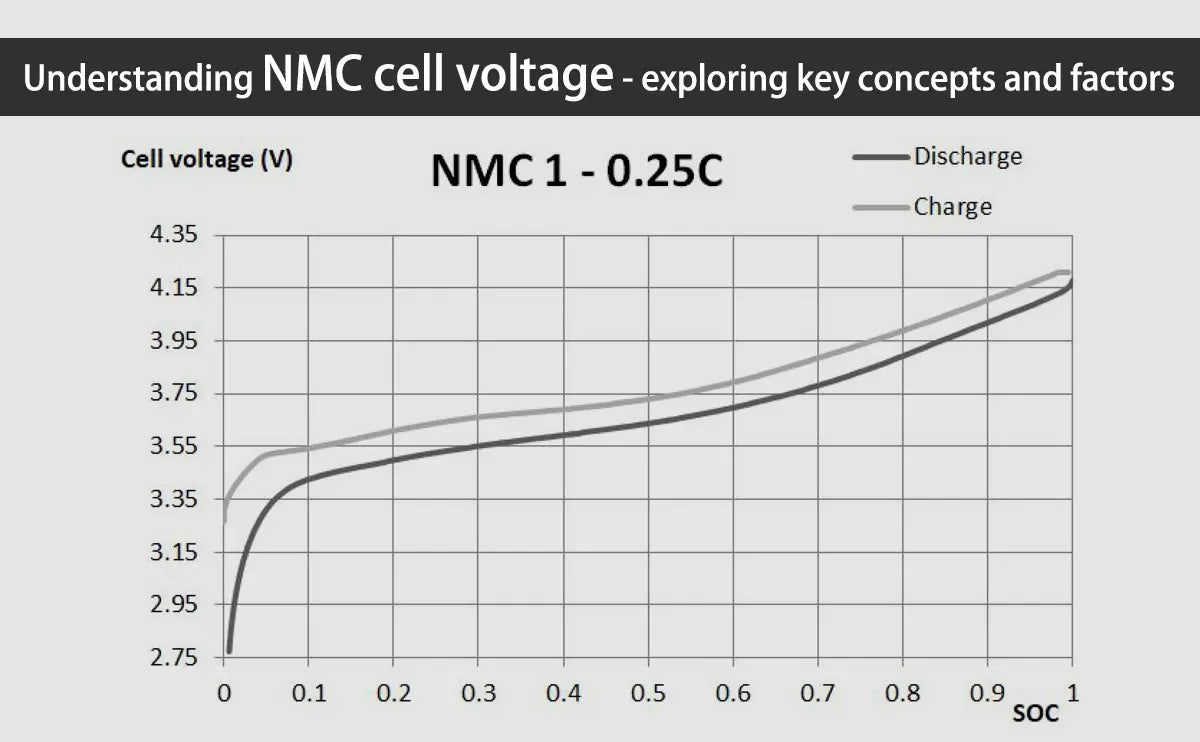BEC
Well-known member
We just got our 2016 back from the BMS/wiring harness recall update (and the second parking brake recall). It didn't throw a trouble code right away, so we got it back. We shall see what happens. I need to go out and run do a Soul Spy dump just to see where it is.
We also apparently have a bad A/C compressor (very expensive and part on backorder), but that's for another thread.
Added: my paperwork said the BMS/wiring harness was for recall SC267.
We also apparently have a bad A/C compressor (very expensive and part on backorder), but that's for another thread.
Added: my paperwork said the BMS/wiring harness was for recall SC267.
Last edited:











































